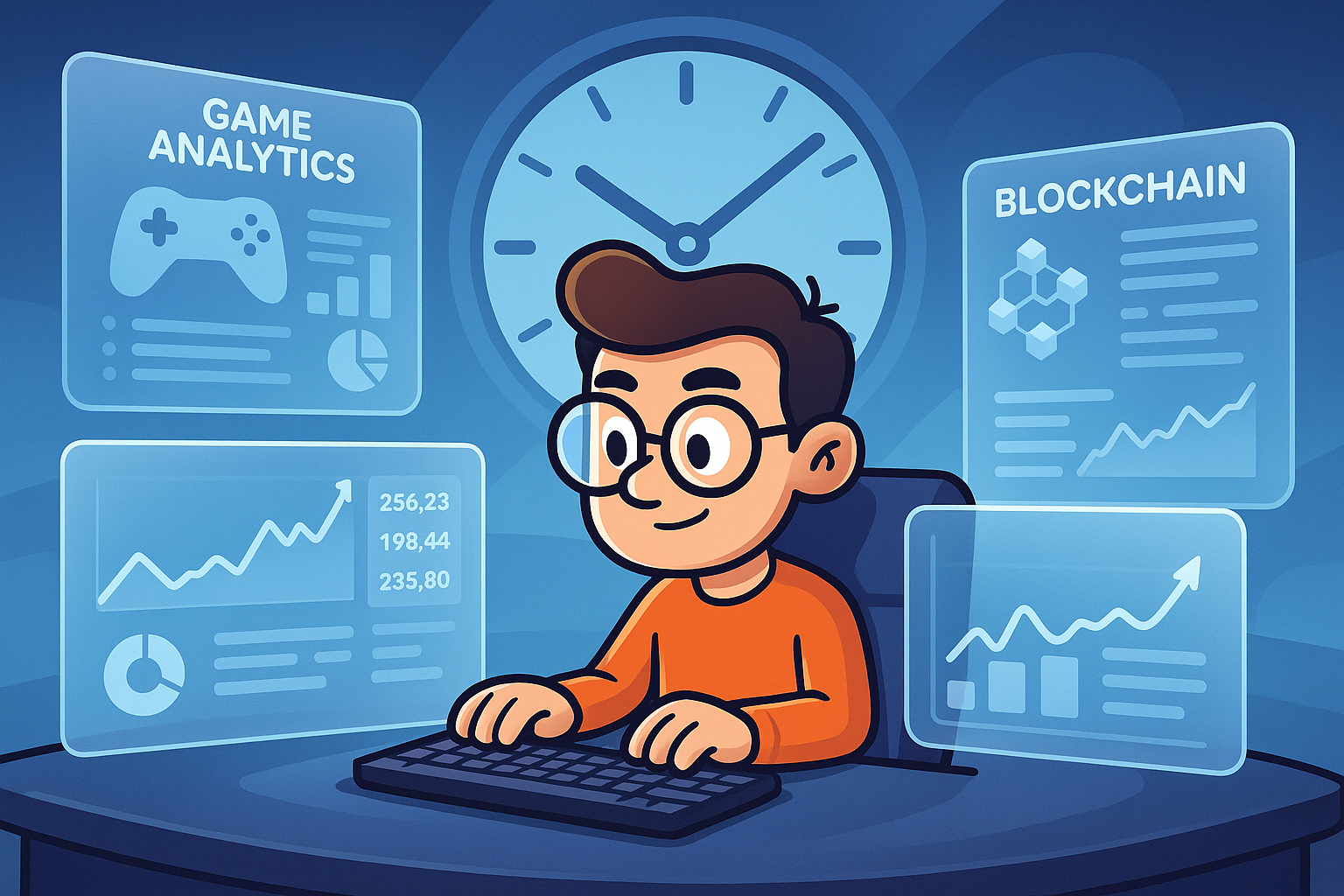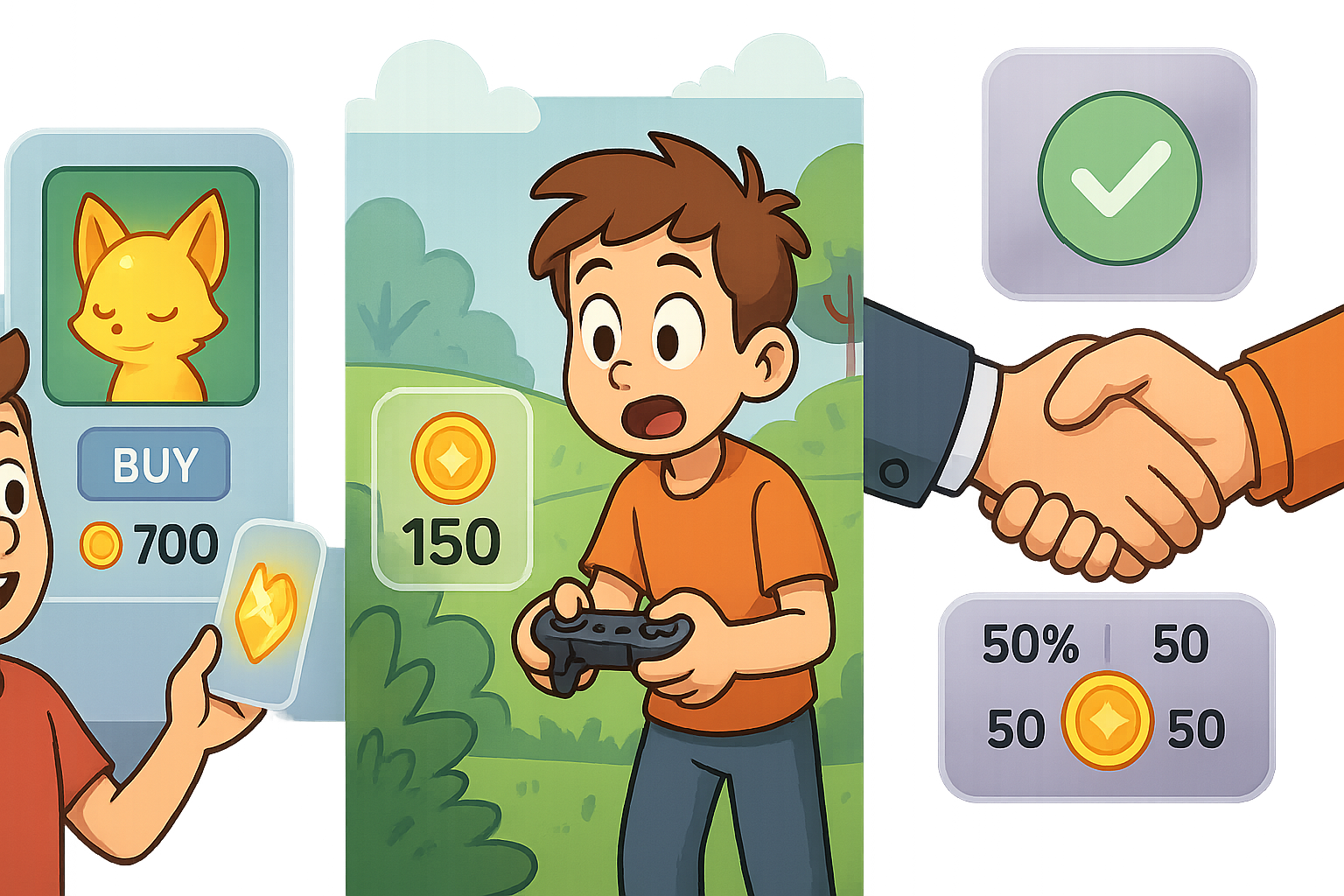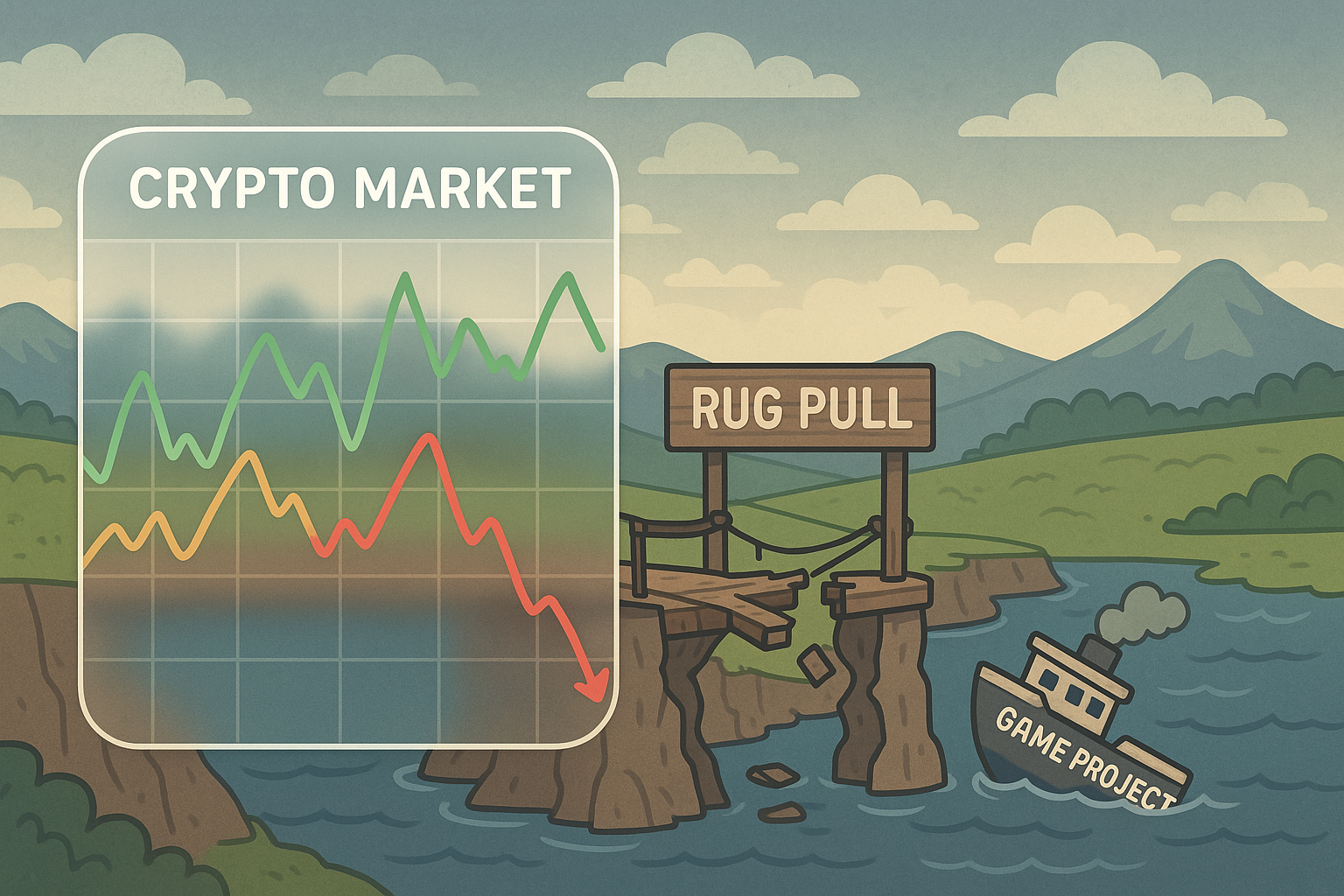The world of Play-to-Earn (P2E) gaming has captivated millions with its promise of a revolutionary blend of entertainment and financial opportunity. Imagine playing your favorite game, not just for fun, but also for real-world value – earning cryptocurrency and owning valuable digital assets. This enticing vision has drawn a massive audience, from seasoned gamers to crypto enthusiasts. However, for newcomers, the path to earning in P2E isn't always as simple as downloading an app and hitting "play." While the "earn" aspect is prominent, the "play" often comes with an initial "invest" requirement.
Starting your P2E journey typically involves more than just setting up a game account. It demands an understanding of blockchain technology, digital asset ownership, and cryptocurrency markets. This article will demystify the essential investments – both financial and non-financial – you'll need to make to successfully dive into the exciting, yet complex, realm of Play-to-Earn gaming. We'll explore everything from digital wallets and initial asset purchases to the often-overlooked costs of time and research, ensuring you're well-equipped before you take your first digital step.
The Essential Toolkit: Your Digital Foundation
Before you even think about buying your first in-game asset, you need a robust digital infrastructure. This is your personal gateway to the blockchain and the P2E ecosystem.
Cryptocurrency Wallet: Your Secure Digital Vault
At the heart of your P2E operations is a cryptocurrency wallet. This isn't a physical wallet, but a software application that allows you to store, send, and receive cryptocurrencies and NFTs. Wallets like MetaMask, Phantom, Trust Wallet, or Ronin Wallet (specific to Axie Infinity) are indispensable. While setting up a wallet itself is usually free, it’s a critical step that requires careful security practices – safeguarding your seed phrase is paramount. Your wallet will be where you connect to game platforms, sign transactions, and manage your digital assets. It's the key to your entire P2E identity.
Cryptocurrency: Your Entry Ticket to the Digital Economy
Once your wallet is set up, you'll need actual cryptocurrency to fund it. This crypto serves multiple purposes. Primarily, it's used to purchase the initial Non-Fungible Tokens (NFTs) or other in-game assets required to start playing and earning. Different P2E games operate on various blockchain networks, each typically using its native cryptocurrency for transactions and asset purchases. For example, games on Ethereum will often require ETH, Solana games use SOL, Binance Smart Chain games use BNB, and Polygon-based games might use MATIC.
Beyond initial purchases, cryptocurrency is also crucial for covering transaction fees, often referred to as "gas fees," which are discussed in more detail later. You’ll acquire this crypto through exchanges (like Binance, Coinbase, Kraken) and then transfer it to your personal wallet. The amount you need will depend entirely on the specific game you choose and the market price of its assets. This initial funding is arguably your most direct financial investment.

The Core Investment: In-Game Assets (NFTs)
This is where the bulk of your initial financial outlay will likely occur. Most Play-to-Earn games require you to own specific Non-Fungible Tokens (NFTs) to participate in their earning mechanics.
NFTs: Your Digital Key to Earning
NFTs are unique digital assets that represent ownership of an item, character, land plot, or anything else within the game world. Unlike fungible cryptocurrencies (where one ETH is identical to another), each NFT is distinct and verifiable on the blockchain. These could be:
- Characters or Avatars: Often required to play matches, complete quests, or battle other players (e.g., Axies in Axie Infinity).
- Virtual Land: Allows you to build, host experiences, or earn passive income (e.g., LAND in The Sandbox or Decentraland).
- Weapons, Armor, and Items: Enhance your gameplay, provide competitive advantages, or can be crafted and sold.
- Skins and Cosmetics: While sometimes purely aesthetic, in some games, these can have earning potential or be tradable assets.
The cost of these NFTs varies dramatically. It can range from a few tens of dollars for entry-level assets in newer, smaller projects to thousands or even tens of thousands of dollars for highly sought-after, rare, or established game assets. The price is dictated by factors like rarity, utility within the game, market demand, and the overall health of the game's economy and cryptocurrency market conditions.
Minimum Entry Requirements: Building Your Starting Team
Many P2E games have a minimum requirement to begin earning. For instance, a game might require you to own a "team" of three characters before you can engage in competitive play that yields rewards. This means you can't just buy one character and start earning; you need to meet the game's specific threshold. This often represents a significant chunk of your initial investment. Researching these minimum entry requirements for your chosen game is crucial to avoid unpleasant surprises.

The Hidden Costs: Fees and Infrastructure
While less glamorous than buying NFTs, these often-overlooked costs can significantly impact your total investment and profitability.
Gas Fees and Transaction Costs: The Price of Blockchain Interaction
Every interaction you make on a blockchain – buying an NFT, selling an item, claiming rewards, even moving assets between wallets – incurs a transaction fee, commonly known as "gas." These fees compensate the network validators for processing and securing your transaction. Gas fees are not fixed; they fluctuate based on network congestion and the underlying cryptocurrency's market price. On busy networks like Ethereum, gas fees can sometimes be substantial, potentially adding significantly to the cost of purchasing assets or making frequent trades. Even on more scalable chains with lower fees, consistent activity can add up. Factor these into your budget, especially when planning multiple transactions.
Hardware Requirements: Is Your Gear Up to the Task?
While many P2E games, especially those that started on mobile or are browser-based, have relatively low hardware requirements, others are graphically intensive and demand a capable gaming PC or a powerful mobile device. Don't assume your old laptop will suffice. Running complex 3D environments, participating in real-time battles, or even just managing a large inventory of NFTs might strain older hardware. Check the game's minimum and recommended specifications. An upgrade to your CPU, GPU, RAM, or even just a newer smartphone might be an unspoken, yet necessary, investment.
Stable Internet Connection: Your Lifeline to the Game
This might seem obvious for any online game, but for P2E, where timing can affect trades and competitive play directly impacts earnings, a reliable and fast internet connection is non-negotiable. Lag or disconnections can lead to missed opportunities, lost battles, and a frustrating experience. While not a direct P2E-specific cost, ensuring you have adequate internet infrastructure is part of your overall investment in a successful P2E journey.

The Priceless Investment: Time and Skill
Beyond monetary outlays, your commitment of time, effort, and continuous learning is arguably the most valuable, and often underestimated, investment in P2E.
Time Commitment: Active Play, Not Passive Income
Despite some misconceptions, most P2E games are not passive income streams. They demand active engagement. You need to invest time into playing the game, understanding its mechanics, completing daily quests, participating in battles, or managing your in-game assets. This could mean dedicating several hours a day, similar to a part-time job, to maximize your earning potential. The more time you invest in strategic play and mastering the game, the higher your potential returns.
Learning Curve and Continuous Research: Staying Ahead of the Game
The P2E and broader crypto space evolve at a dizzying pace. To succeed, you must continuously learn and research. This includes:
- Understanding Game Mechanics: Mastering optimal strategies, character builds, and economic cycles within your chosen game.
- Market Analysis: Keeping an eye on NFT prices, tokenomics, and the overall health of the game's economy. When to buy, when to sell?
- New Projects and Trends: The landscape is constantly changing. New games emerge, old ones evolve, and understanding these shifts can help you diversify or pivot your investments.
- Blockchain Fundamentals: A basic grasp of how the underlying technology works will serve you well in navigating potential issues and understanding security best practices.
This intellectual investment is crucial. Those who stay informed and adapt are often the ones who thrive.

Different Entry Points: Understanding P2E Models
The investment landscape isn't monolithic. Various models offer different entry points, some requiring more upfront capital than others.
Direct Purchase Model: The Traditional P2E Approach
This is the most common model where players directly purchase the necessary NFTs or in-game tokens to begin playing and earning. Examples include many early P2E games where owning specific digital assets (like characters or virtual land) was a prerequisite for participation in earning activities. This model typically demands the highest upfront financial investment but also gives you full ownership and control over your assets and potential earnings.
Free-to-Play, Earn-to-Invest Model: Earning Your Way In
Some newer P2E games are adopting a hybrid model, allowing players to start for free with basic, non-NFT assets or characters. Players can then earn low-value tokens or basic resources through gameplay. The idea is that if they enjoy the game and want to maximize their earnings, they can then choose to "invest" the earned tokens or some fresh capital to purchase NFTs or upgrade their free assets. This model significantly lowers the barrier to entry financially but requires a substantial time investment before you see meaningful returns. It allows players to "try before they buy" the full P2E experience.
Scholarship Programs and Guilds: Shared Risk, Shared Rewards
A popular alternative for those with limited capital is joining a scholarship program or a P2E guild. In this model, an NFT owner (the "manager" or "scholarship provider") lends their expensive in-game NFTs to a player (the "scholar") who then plays the game and earns rewards. The earnings are then split between the owner and the scholar, according to a pre-agreed percentage. This allows scholars to participate in high-value P2E games without any upfront NFT investment, while owners generate passive income from their assets. It’s a win-win, reducing financial risk for new players but requiring them to share their earnings and adhere to guild rules.

Managing Expectations and Risks
Entering the P2E space requires a clear understanding of its inherent risks, just like any other investment.
Market Volatility: The Double-Edged Sword
Both cryptocurrencies and NFTs are highly volatile assets. The value of your initial investment can fluctuate wildly in short periods. The token you earn or the NFT you own today might be worth significantly less (or more) tomorrow. This volatility affects your potential earnings and the resale value of your assets. It’s crucial to understand that you could lose a substantial portion, or even all, of your initial investment.
Rug Pulls and Scams: Due Diligence is Key
Unfortunately, the P2E space, being a relatively new and unregulated frontier, is susceptible to scams, "rug pulls" (where developers abandon a project and disappear with investor funds), and poorly designed games that fail to deliver on their promises. Thorough due diligence is paramount. Research the development team, examine the project's roadmap, scrutinize the tokenomics, and engage with the community. If something sounds too good to be true, it probably is.
Game Longevity and Sustainability: A Long-Term View
The long-term viability of a P2E game is critical. Is the game's economy designed to be sustainable? Does it have a strong and active development team constantly improving the game? Is the community engaged? Games that fail to retain players or manage their tokenomics effectively can see a rapid decline in asset values and earning potential. Investing in projects with clear long-term vision and a robust ecosystem is a safer bet.

Conclusion: More Than Just a Game, It's an Investment
The world of Play-to-Earn gaming presents a fascinating paradigm shift, blending entertainment with economic opportunity. However, approaching it with a clear understanding of the necessary investments is vital for success. It's rarely a "free lunch" scenario; rather, it's an ecosystem where thoughtful capital, time, and intellectual investment are prerequisites for potential rewards.
From setting up your secure digital wallet and acquiring the initial cryptocurrencies, to purchasing the core NFTs that enable gameplay, and factoring in the often-overlooked gas fees and hardware requirements – each step represents a commitment. Furthermore, the dedication of your time to active gameplay, continuous learning, and diligent research into game mechanics and market dynamics is arguably the most crucial investment of all.
Before you dive in, remember to:
- Do Your Own Research (DYOR): Understand the game, its economy, its team, and its community.
- Assess Your Risk Tolerance: Only invest what you can comfortably afford to lose, as volatility is a constant companion in this space.
- Understand the Time Commitment: P2E often requires significant engagement.
- Start Small: Consider beginning with lower-cost entry points like scholarship programs or free-to-play, earn-to-invest models to gain experience.
P2E gaming is an evolving frontier. With careful planning, a realistic outlook, and a commitment to ongoing education, you can navigate its complexities and potentially unlock a new dimension of gaming where your efforts can truly pay off. Embrace the journey, but do so with open eyes and a prepared investment strategy.

